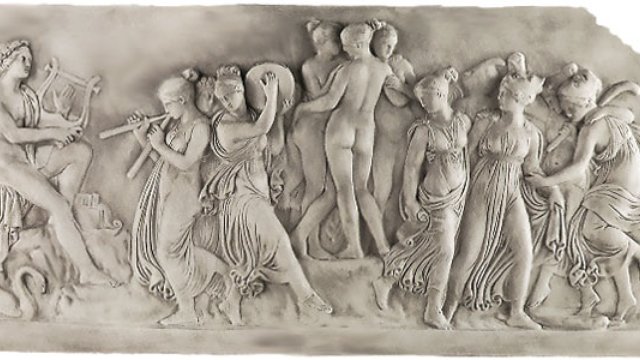Originally posted by ferneyhoughgeliebte
View Post
Perhaps -
Elgar: Falstaff
Strauss: Domestic & Alpine Symphonies, Till Eulenspiegel
Beethoven: Wellington's Victory (1st movement)






Comment